This is normally called ringing and is common. If there is just single pulse then it is referred to as overshoot.
As you surmise it is caused by unintentional LC elements in the wiring being excited by the fast edges of the signal. Even one or two inches of wire may create enough inductance to cause this effect.
Often it is exaggerated by bad grounding of the scope probe. You should use as short a ground lead on the probe as possible. Often I can check whether it is caused by the probe just by gripping the scope probe and ground lead tightly with my hand - if the displayed trace changes then the grounding is not good enough. Your scope probe may have come with alternate tips that include ways of connecting the probe to the circuitry with a shorter ground.
This application note from Jim Williams has some good ideas and explanations of probing problems: Jim Williams AN47
As the other posters have commented the oscilloscope you are using is extremely low in bandwidth by modern standards. In general I find that 100MHz bandwidth is a good bandwidth for use with circuits with clocks up to 10-20MHz. In my professional work 1GHz is typical now for general purpose use.
Also although the signal frequency may only be 1MHz in your example the signals will transition in 1 ns or faster that can cause very high frequency effects.
